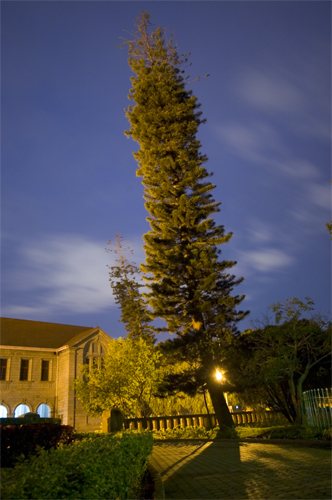I did, however, get 11 images as far as the semis and 1 into the finals. Fortunately, this year, unlike the last, I submitted online so I know exactly which ones did get that far. This will hopefully help with editing in future years. The cool part was the ones that I thought would, did actually get to this stage, and the ones that were sort of padding in my opinion, didn't. So my editing isn't probably that off...
Here's your tour of the successful part of my submission.
Nature in Black and White: The aftermath on an orgy

Nature in Black and White:Twisty

Creative visions of nature: Swarm

Urban and Garden wildlife: Coming home to roost

Urban and Garden Wildlife: Temple mongoose

Urban and Garden Wildlife: Flight paths

Wild Choice: Touch me not

Wild Choice: Boxing match

Wild Choice: Hamlet, Prince of Denmark

Animal Behaviour, Birds: Hiding Lapwing

Animal Behaviour, Others: Termite Orgy

Yup, it's one short...it's the finalist short. That one, only if and when it's a winner. Yes, I'm an awful tease!


